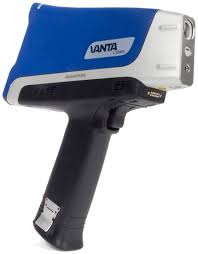An EPA Lead Dust Wipe Sampling Technician is a professional who specializes in assessing the level of lead contamination in homes and buildings. These technicians are trained and certified by the Environmental Protection Agency (EPA) to use specific techniques and equipment to collect samples of dust and debris in areas where lead is suspected.
The primary responsibility of an EPA Lead Dust Wipe Sampling Technician is to collect dust wipe samples from various surfaces, such as floors and windowsills in bedrooms and common areas, in residential and commercial buildings. They follow strict protocols to ensure that the samples are collected correctly and without contamination.
Once the samples are collected, the technician sends them to a laboratory for analysis. They then review the results of the analysis to determine whether lead is present and, if so, the level of contamination. Based on the results, they may recommend remediation or abatement measures to reduce the risk of exposure to lead.
In addition to collecting dust wipe samples, an EPA Lead Dust Wipe Sampling Technician may also conduct visual inspections and may recommend the use specialized equipment, such as X-ray fluorescence (XRF) guns, to assess the presence of lead in building materials such as paint, soil, and water.
To become an EPA Lead Dust Wipe Sampling Technician, one must complete specialized training and pass an EPA certification exam. The certification must be renewed every two years by completing continuing education courses and passing a recertification exam.

Lead dust wipe sampling is typically performed to assess the potential presence and levels of lead dust in indoor environments. Lead is a toxic metal that can cause a range of health problems, particularly in children and pregnant women, including developmental delays, learning difficulties, and behavioral issues.
Lead dust can be generated by a variety of sources, including lead-based paint, leaded gasoline, and industrial activities. It can settle on surfaces such as floors, windowsills, and furniture, where it can be ingested or inhaled if not properly cleaned up.
Lead dust wipe sampling can provide important information about the levels of lead dust in a particular area, which can help identify potential exposure risks and inform decisions about remediation and cleanup efforts. It may be required in certain situations, such as during renovation or demolition activities in buildings constructed before 1978 when lead-based paint was commonly used.
If you are concerned about the potential presence of lead dust in your home or workplace, lead dust wipe sampling may be a useful tool to help assess the situation and take appropriate action to protect your health and the health of those around you.